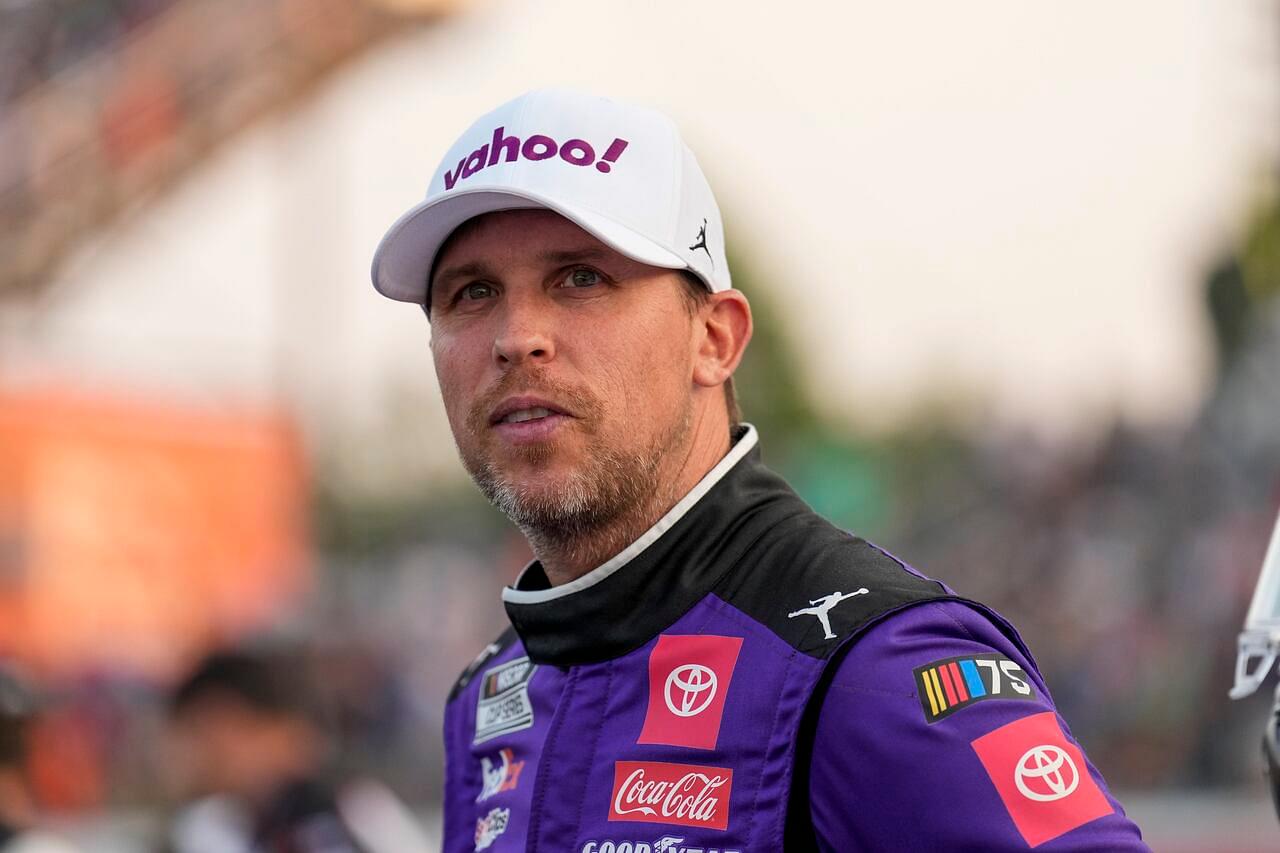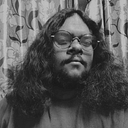Up until this season, NASCAR would throw out cautions indiscriminately across the duration of the races at the road courses as it was part of the race format. But earlier this year, the governing body decided to not have any stage cautions on road courses, the effect of which was pretty visible in the last two races. Now, many have criticized this flowing style of race, but Denny Hamlin, for one, is a big fan of the current state.
Advertisement
The Joe Gibbs Racing driver recently applauded this sense of consistency by NASCAR, even though it may have accounted for rather dull races in the eyes of some, considering the cars would bunch up and form trains. But Hamlin had a good reason why NASCAR refrained from throwing cautions unless absolutely necessary in the last two races.
Denny Hamlin is happy with NASCAR’s consistency at road courses
During a recent episode of his podcast show, Hamlin mentioned how NASCAR had stopped throwing cautions for cars that spin out. He then stated, “I mentioned before the race man Chris Gabehart we were talking and it was like, they ain’t gonna let it go green like they did last week. No way, Jose, they are going to. You see some tire smoke? Put it out!… Aric Almirola sitting in the middle of the frontstretch. No caution.”
“I mean, I applaud them. I think I think they ran that race in a very proper way. They did not try to twist any finishes. They ran the race proper. And so some people aren’t gonna like it because we’re going to run in a train. It’s very hard to pass.”
Hamlin then argued that if fans wanted to see contact racing, they’d only get that during restarts, like the ones that took place at COTA. “There’s too much on the line, regular-season championship bubble, who’s gonna get into the playoffs? Way too much at stake for them to throw out cautions,” he added.
The double-sided sword of NASCAR removing stage breaks
NASCAR had made a significant change to their road course racing approach at the start of this season. Earlier, the race would be divided into three segments, where the field would be shown a caution flag and everyone would slow down after each stage. This allowed the racing to be more interesting for the fans since the gaps would close up and drivers could attempt to pass each other.
Now, even though stages still exist, there aren’t any breaks where the cars have to slow down and bunch up. Instead, they carry on racing as they would. This in turn has brought out a new problem–fewer passing opportunities and monotonous racing.
In fact, by just taking a look at the previous two road course races, one could even argue that throwing out cautions for stage breaks only allowed for manufactured drama. But opinion on this being a boon or bane would remain subjective.








